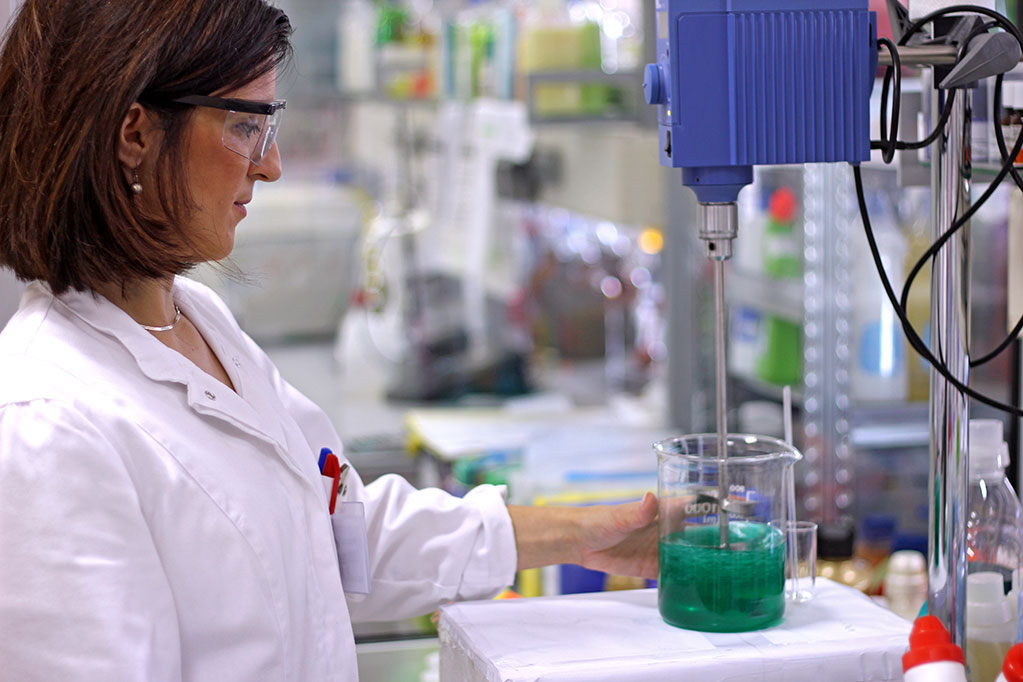After years of post-financial crisis struggle, the U.S. manufacturing sector finally has a range of recovery tailwinds that are catalyzing its increasingly sunny outlook.
Read MoreThe global economic rebound, tax reform law, and the resumption of a dollar depreciation that began in early 2017 influences the MAPI Foundation’s outlook for the best U.S. manufacturing growth performance in more than a decade.
Read MoreThe U.S. is in the midst of its third drug crisis in the last 50 years. Drugs are now the leading cause of death for prime working age Americans. In 2016, drug overdose deaths from opioids increased fivefold compared to 1999. Opioids are now more fatal than car accidents were at their peak in 1972, than guns were at their peak in 1993, and AIDs was at its peak in 1995. Opioid overdoses also killed more people in 2016 than U.S. soldiers died in the entire Vietnam War.
Read MoreAerospace, machinery, computers, and chemicals are the four subsectors that are most responsible for catalyzing the modest forward momentum in U.S. manufacturing growth. Investment-related industries that are tied to the manufacturing rebound have the steadiest outlooks through 2021.
Read MoreThe acceleration in global economic growth that began in late 2016 looks increasingly sustainable. A marked improvement in economic activity is becoming apparent in regions that matter to U.S. manufacturing prospects, including East Asia, the Eurozone, and Canada.
Read MoreThe world economic rebound, which began in earnest in late 2016, appears to be widespread and sustainable. Global strengthening is a significant tailwind for U.S. manufacturing whose improving fortunes have been further buttressed by a nearly year-long depreciation in the still elevated dollar.
Read MoreToday’s global uncertainties can quickly present head- or tail-winds to future U.S. growth. In addition to our quarterly scenario for U.S. manufacturing growth, the June 2017 report also explores the boundaries of plausible factory sector growth through 2020.
Read More







